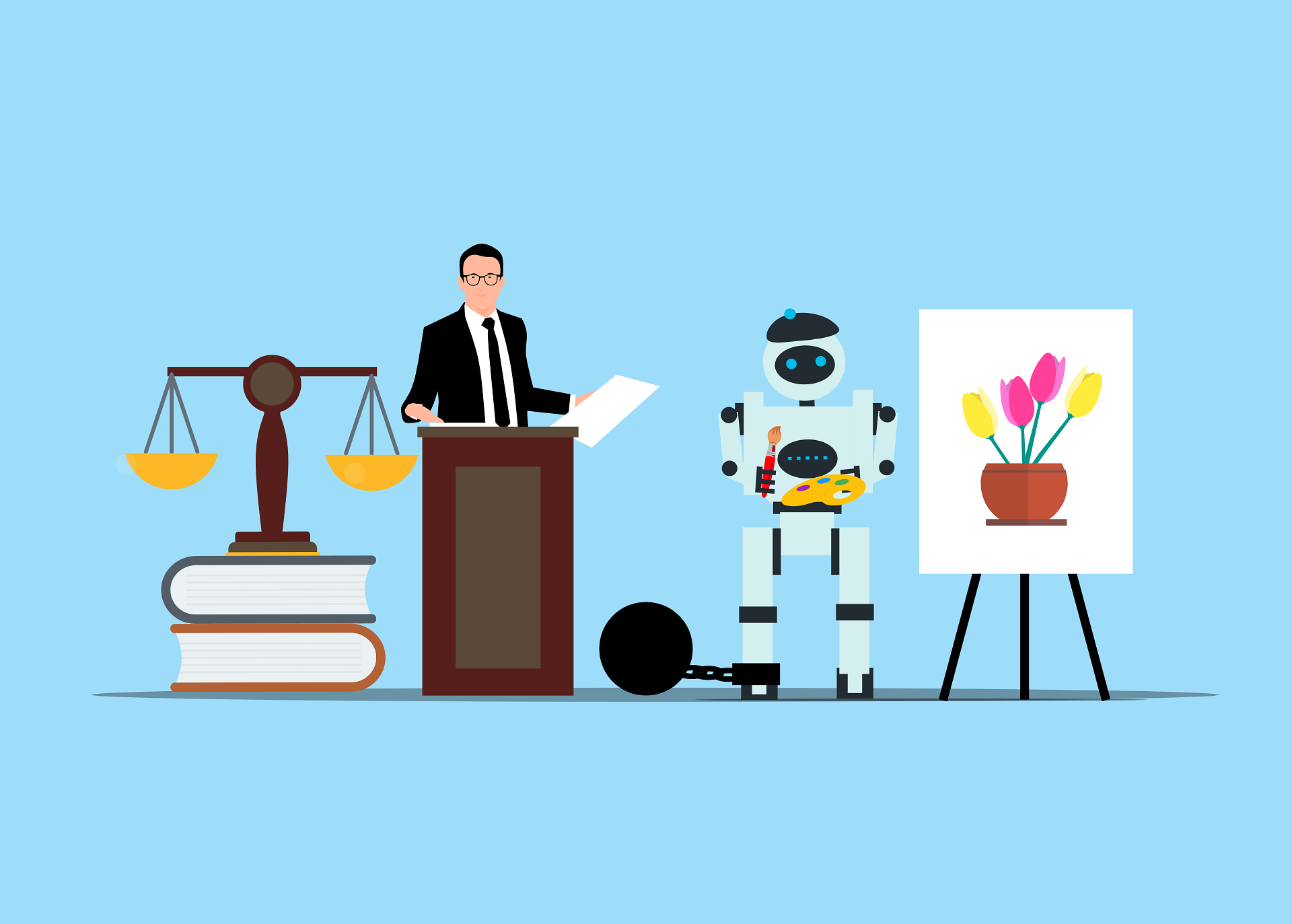
The Recursive Corruption of Legal Knowledge: When AI Hallucinations Become Tomorrow’s Precedent
The magnitude of AI-generated legal misinformation is no longer theoretical – it has measurable, documented impact across the legal ecosystem. In the first case of its kind, Mata v. Avianca, an attorney submitted a brief containing six entirely fabricated cases generated by ChatGPT, complete with detailed judicial opinions, case citations, and legal reasoning that never existed. This was not an isolated incident. Within months, similar cases emerged across jurisdictions. Each incident revealed the same disturbing pattern: AI systems were not merely making errors – they were creating elaborate, internally consistent legal fictions that could fool experienced practitioners.
Research by Stanford’s Human-Centered AI Institute found that general-purpose AI systems hallucinate legal citations at rates between 58% and 82% of the time. The Stanford study confirmed also that specialized legal AI tools using retrieval-augmented generation still produce false citations 17-33% of the time. But the documented court cases represent only the visible tip of the iceberg. For every fabricated citation caught in a courtroom, dozens more circulate through legal blogs, practice guides, and secondary sources without detection.
The Ouroboros of Legal Misinformation
The legal profession stands at the precipice of an epistemic crisis of unprecedented proportions. What began as isolated incidents of fabricated citations in court filings has metastasized into a systemic contamination of the legal knowledge ecosystem itself. We are witnessing the emergence of a recursive feedback loop where artificial intelligence systems generate fictitious legal data, which then infiltrates the very corpus of information these systems use to generate future outputs – creating an ever-expanding universe of legal fiction masquerading as authoritative precedent.
The snake has begun to devour its own tail, and with each iteration, the boundary between authentic jurisprudence and algorithmic hallucination grows increasingly indistinguishable.
Phase One: The Court Room Canaries
The first warning signs emerged in courtrooms across the nation when attorneys, seduced by the apparent omniscience of AI research tools, began filing briefs citing non-existent cases. The legal profession watched as ChatGPT conjured entire judicial opinions from digital ether – Varghese v. China Southern Airlines and Shaboon v. Egyptair became infamous markers of a new era where legal research could produce elaborate fictions indistinguishable from authentic case law.
The legal system’s response was swift and decisive. Courts implemented certification requirements for citation verification, with multiple U.S. districts and international courts requiring attorneys to confirm manual verification of AI-generated research. Commercial legal AI products deployed retrieval-augmented generation systems to reduce hallucination rates. Publishers began flagging any fabricated citations that appeared in published opinions. These initial incidents, while alarming, were contained within the formal legal system’s quality control mechanisms.
Phase Two: The Epistemic Flood
The true crisis began not in courtrooms but in the vast digital ocean of legal scholarship and commentary. As AI systems like Perplexity, Claude, and their countless derivatives became standard research tools, a more insidious phenomenon emerged: the mass production of legal content based on AI-generated “research” that was never subjected to human verification.
While major legal databases like Westlaw and Lexis maintain integrity through court-authenticated dockets and established verification systems, the broader information ecosystem remains vulnerable. Legal blogs, practice guides, and secondary sources began incorporating AI-generated legal information without proper verification.
These publications, seemingly authoritative and properly formatted, entered the public domain and were indexed by search engines, creating a parallel universe of legal information that exists outside the traditional gatekeeping mechanisms of authenticated legal databases.
Consider the exponential mathematics of this contamination: A single AI hallucination about a legal principle, once published in a blog post, becomes source material for dozens of subsequent articles. Those articles, in turn, become training data for the next generation of AI systems. Each iteration compounds the error, amplifies the fiction, and increases the probability that the fabricated principle will appear in future AI outputs as established law.
The Recursive Death Spiral
We now inhabit a legal information ecosystem where AI systems are increasingly trained on data that includes their own previous hallucinations, even if the contamination occurs primarily in the secondary literature rather than in authenticated judicial databases. This creates what information theorists call a “model collapse” – a degenerative process where each iteration of AI training produces outputs that are progressively further removed from reality.
The implications are significant for legal research that extends beyond primary sources. While authenticated case law remains protected by established verification systems, the broader universe of legal commentary, analysis, and secondary sources faces systematic contamination. Legal writers, seeking to produce content quickly, may rely on AI-generated research that incorporates fabricated principles. These principles, once published, become part of the training data for future AI systems, creating a feedback loop that operates parallel to, though separate from, the formal legal system.
The Epistemological Bankruptcy
This crisis extends beyond mere misinformation – it represents a fundamental breakdown in the epistemological foundations of legal practice. The common law system depends on the integrity of precedent, the reliability of citation, and the assumption that legal authorities can be trusted to reference authentic sources. When AI systems generate convincing but fictitious legal authorities, they undermine the basic trust relationships that make legal reasoning possible.
We are witnessing the emergence of what might be called “algorithmic precedent” – legal principles that exist not because they were established by courts or legislatures, but because they were generated by AI systems and subsequently treated as authoritative through repetition and citation. These phantom precedents begin to influence legal decision-making not through their inherent authority, but through their apparent ubiquity in search results.
The Technological Sorcerer’s Apprentice
Legal professionals have become modern iterations of the sorcerer’s apprentice, unleashing technological forces they cannot fully control or understand. The promise of AI as a democratizing force in legal research has been perverted into a mechanism for the systematic corruption of legal knowledge. The tools that were supposed to make legal research more efficient and accessible have instead created an environment where the very concept of authoritative legal information is under assault.

Founder and Managing Partner of Skarbiec Law Firm, recognized by Dziennik Gazeta Prawna as one of the best tax advisory firms in Poland (2023, 2024). Legal advisor with 19 years of experience, serving Forbes-listed entrepreneurs and innovative start-ups. One of the most frequently quoted experts on commercial and tax law in the Polish media, regularly publishing in Rzeczpospolita, Gazeta Wyborcza, and Dziennik Gazeta Prawna. Author of the publication “AI Decoding Satoshi Nakamoto. Artificial Intelligence on the Trail of Bitcoin’s Creator” and co-author of the award-winning book “Bezpieczeństwo współczesnej firmy” (Security of a Modern Company). LinkedIn profile: 18 500 followers, 4 million views per year. Awards: 4-time winner of the European Medal, Golden Statuette of the Polish Business Leader, title of “International Tax Planning Law Firm of the Year in Poland.” He specializes in strategic legal consulting, tax planning, and crisis management for business.



